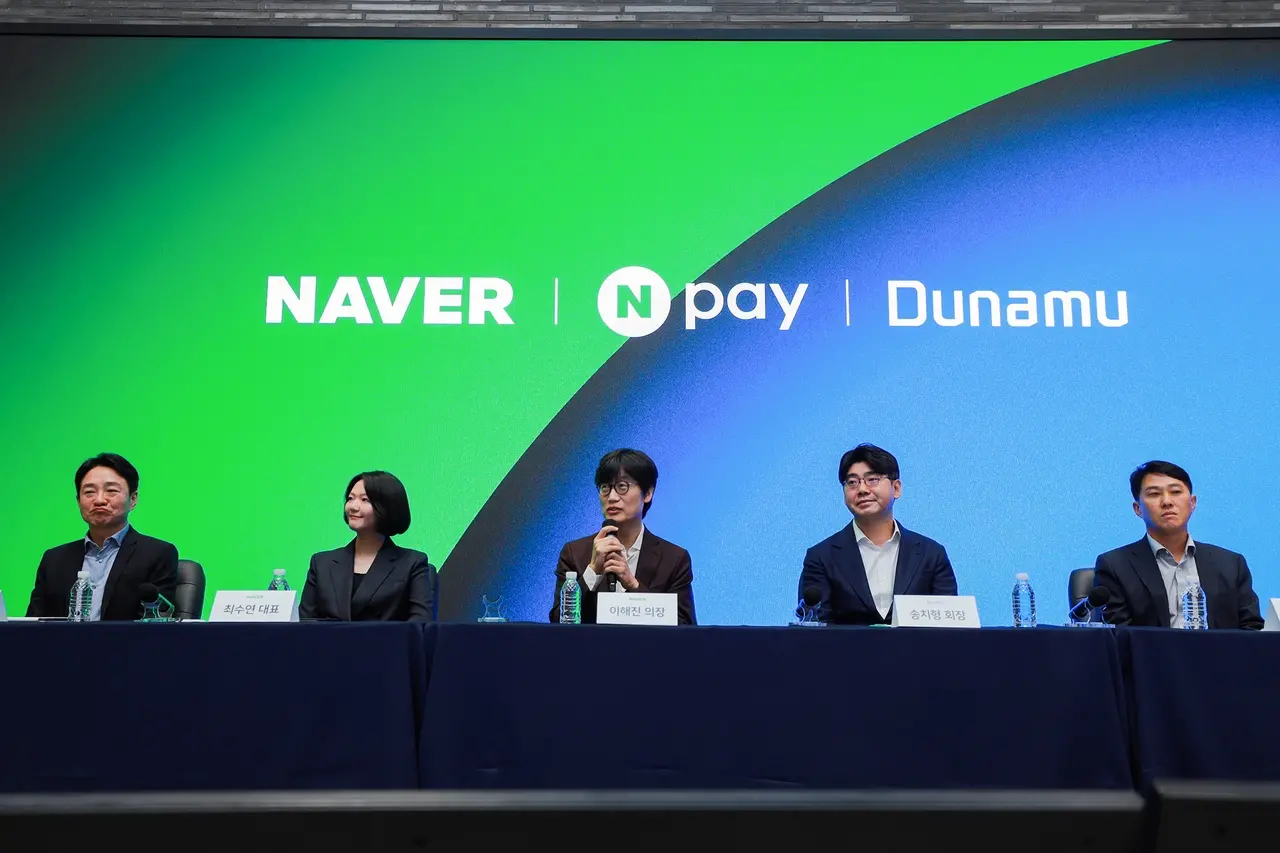[Long English Thread] Can Ethereum Maintain Its Throne? Defense and Counterattack Amid a New Wave of L1 Challenges
Chainfeeds Guide:
If you, like me, are an "Eth Maxi," the good news is: once major platforms enter the mainstream adoption stage, it becomes very difficult to replace them. Even if newcomers have better technology, they are blocked by the incumbents' network effects and rapid imitation capabilities.
Source:
Author:
Paul Brody prbrody.eth
Opinion:
Paul Brody prbrody.eth: In addition to the latest consensus algorithms and high throughput, this new wave of competitive L1s possesses three major assets that previous competitors did not: clear killer applications—stablecoins, a massive existing user base, and a more favorable regulatory environment. However, the way they leverage these advantages differs slightly. Google brings a tech-oriented cloud customer base, Tempo brings customers from the traditional payments system, and Circle has stablecoin users already existing but scattered across multiple chains. In the past, projects like Libra also had strong backers, but they emerged in an extremely hostile regulatory environment, and at that time, people had not fully realized the immense value of stablecoins and the payments sector. Libra was actually closest to the right direction, but its timing was poor, and it was misunderstood by the outside world as centralized, leading to its eventual failure. While it is still too early to judge how these new L1s will perform in the real world, I expect them to be technically outstanding. Given the technical capabilities of the teams behind them, we are very likely to see extremely high performance and innovation. Projects that have challenged Ethereum in the past have always pushed the industry's technological progress, and this time will be no exception. So, how should Ethereum respond to these new threats and maintain its lead? The answer is to play both defense and offense. The most important defensive task for the Ethereum ecosystem is to maintain its credible neutrality. Although new entrants bring established financial institutions and users, more enterprises will enter the blockchain ecosystem in the future, and they will not want their transaction fees to be used to help competitors. Ethereum's deeply decentralized, open, and neutral characteristics will continue to attract them. Ethereum must also maintain the low entry threshold for Layer2. For institutions that want to build their own chains but lack funding or risk tolerance, Ethereum L2, with its high security and economic efficiency, is a very attractive choice. In the past two years, companies like Coinbase, Robinhood, and Kraken have continuously chosen L2, proving the validity of this value proposition. In the future, there may be hundreds of L2s, as long as they have clear differentiation, such as serving users of a particular bank, specific regions, or industries. What Ethereum needs most is to scale up, especially at the mainnet level. There was once an early idea that the mainnet would only serve as a settlement layer for other chains in the future. I used to think so too, but now I believe that's wrong. Many financial institutions have told me that they still want their high-value transactions to take place on the mainnet. Higher fees are acceptable as long as they come with stronger security. L2 has already successfully absorbed the vast majority of high-frequency, low-value transactions. The mainnet is no longer congested by blockchain games or NFT booms, but high-value transactions still occur on the mainnet—for example, the recent World Liberty Financial unlock event pushed gas fees to $20. The good news is that scaling is at the core of Ethereum's long-term roadmap. According to the roadmap announced at last year's Devcon, Ethereum is about to enter a scaling phase that will bring an order-of-magnitude improvement—the goal is to support 10 billion people worldwide making 100 transactions per person per day, that is, 1 trillion transactions per day. This goal is crazy and ambitious. Meanwhile, routine upgrades are continuously advancing, with numerous "small but important" improvements from the community taking place. More importantly, the Foundation and the community are increasingly focusing on the needs of large institutions. As an early witness of Ethereum, I no longer feel like an outsider requesting to join the ecosystem—enterprise users are truly being seen as valuable components of the ecosystem. [Original text in English]
SourceDisclaimer: The content of this article solely reflects the author's opinion and does not represent the platform in any capacity. This article is not intended to serve as a reference for making investment decisions.
You may also like
Forbes 2026 Crypto Trend Forecast: Where Will the Market Go After Volatility Decreases?
The stablecoin frenzy, the financialization of bitcoin, and cross-border capital flows are accelerating the restructuring of the industry.

Once the most lucrative application, is it now completely abandoned?

The four-year bitcoin cycle is invalidated—who will lead the new two-year cycle?

You may have misunderstood JESSE; this is an attempt to bring revenue to the Base chain.
